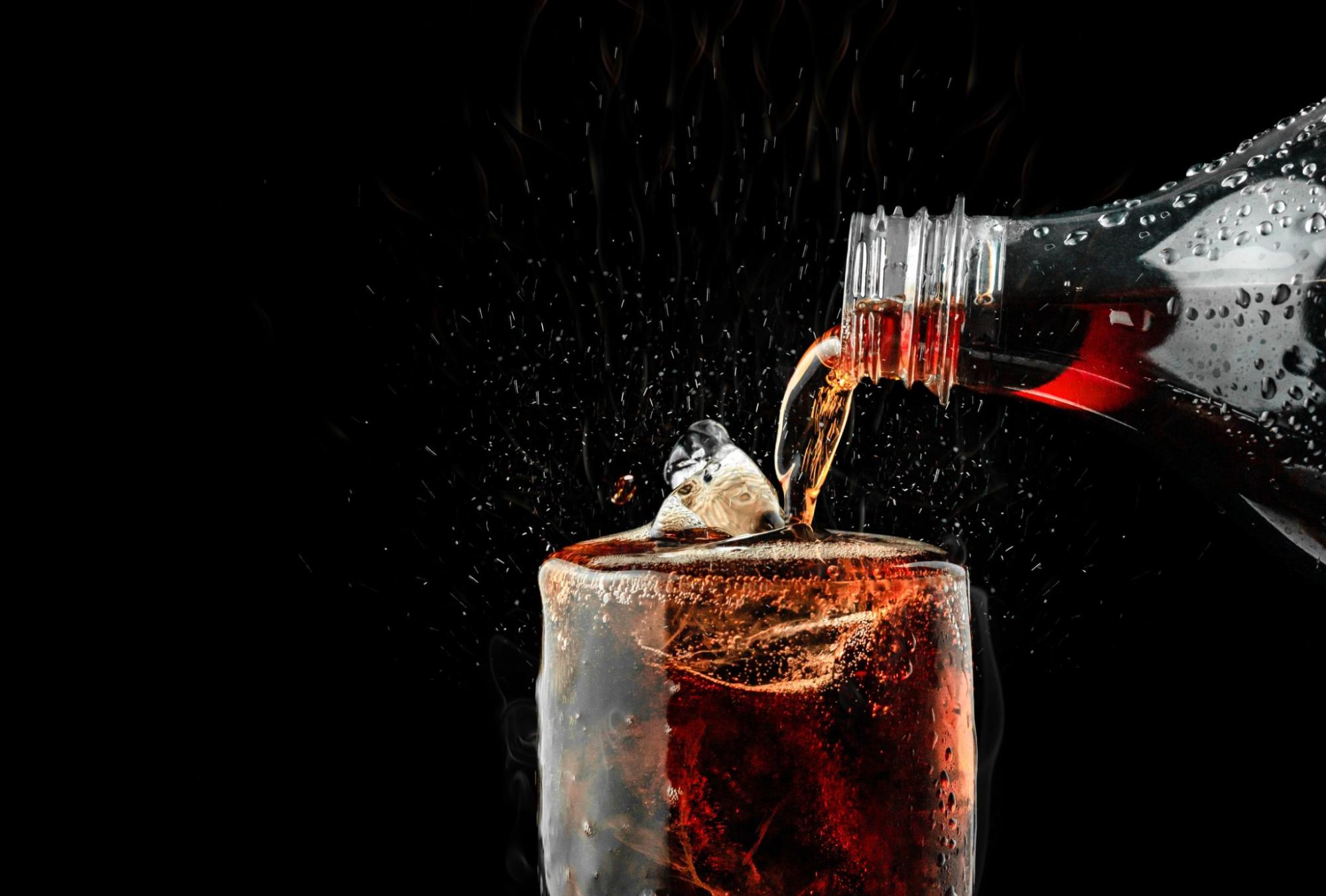Until recently, consumer staples stocks had been popular with conservative investors. These companies make and sell products that are everyday essentials, which means their revenues and profits are fairly stable and quite predictable—a characteristic investors should like.
Of course, this type of company is not going to grow rapidly. But their ability to be “Steady Eddies” and grow modestly, while throwing off lots of cash flow, has enabled many of them to pay attractive and growing dividends to their shareholders.
These characteristics make these stocks a better alternative to owning bonds, since they have the bonus of a growing income stream rather than a fixed one.
So, let’s now take a closer look at one of these consumer staples stocks—a Warren Buffett favorite…

Coke’s History
The company, Coca-Cola (KO), founded in 1892, has had to face up to many challenges in the economy over its long history.
Its current brand portfolio—which includes the iconic Coke, as well as Diet Coke, Sprite, Fanta, Schweppes, Dasani water, Innocent smoothies, Minute Maid juices, Costa Coffee and FUZE tea—has millions of loyal customers around the world who keep on buying these products again and again.
Yet, 2023 has been a very difficult year for the company’s investors. On a total return basis, the shares are down more than 11%. This compares with an 8.5% gain for the S&P 500 index. (Keep in mind that up until the start of this year, the stock had actually matched the cumulative performance of the S&P 500 for the previous four years.)
So, what’s gone wrong?
There are a few factors at play here. One is rising interest rates have lessened the attraction of so-called bond proxy stocks, lowering their valuations. Next, inflation is hitting consumers’ disposable income, which is forcing them to buy fewer items or to go for cheaper private label goods.
Finally, and perhaps the most important factor, has been the arrival of the pioneering weight loss drugs made by Novo Nordisk (NVO) and Eli Lilly (LLY), which suppress appetite.
This has raised fears on Wall Street that the demand for many food and drink products will fall—perhaps sharply. In 2023, Wall Street is selling now and asking questions later when it comes to whether companies like Coke will actually be affected by the weight loss drugs.
While the bears think they have a strong case for selling Coke, a closer look at the company suggests that it still has a lot to offer investors.
Coca-Cola still has a diverse brand portfolio and a huge global scale that is unmatched in the soft drinks industry. Its revenues in 2023 are expected to exceed $45 billion.
Recall that Coke makes most of its money by selling concentrates to its network of bottling companies around the world. It is these companies then that add water and sweeteners to the concentrates before packaging the finished products and selling them to retailers and wholesalers.
Coke’s portfolio of brands is backed by the world’s largest soft drinks distribution system. Coke had retained an equity stake in these companies, but in recent years, it has been shedding its investments in bottling and distribution assets to focus more on selling its highly profitable concentrate instead. This has allowed it to improve its operating margin (to around 27%) and maintain a healthy return on capital employed (ROCE) of around 17%.
Despite the bears’ concerns of tapped-out consumers trading down, Coca-Cola’s pricing ability is a real source of strength that should reassure investors. The company’s global scale and tremendous brand power have given it the ability to raise prices year after year, without seeing sales volumes decline.
Coke’s Future
While the company still relies heavily on its legacy Coke brand, it has been very successful in adapting to changes in its markets and customer preferences.
For example, there is Coke’s recent push into the alcoholic ready-to-drink and hard seltzer markets. The trend towards lower-alcohol drinks as a halfway point between soft drinks and more traditional alcoholic drinks is growing, especially among younger consumers.
Coca-Cola has launched a hard seltzer with its Topo Chico water brand; it has also partnered with alcohol companies in the ready-to-drink category. This includes products such as Jack Daniels and Coke, which will be joined next year by an Absolut vodka and Sprite product.
This gives me optimism for the future. But even now, the company continues to perform well.
Despite the doom and gloom surrounding Coke on Wall Street this year, Coca-Cola’s business is doing fine, thank you. Its recent third-quarter results were excellent, and the company raised its full-year revenue and earnings per share (EPS) guidance.
Organic revenue growth for the year is expected to be a very healthy 10% to 11%, with constant currency growth in earnings per share expected to be 13% to 14%. And despite a currency headwind (a strong U.S. dollar), earnings per share growth is expected to be in the 7% to 8% range, which should lead to another hike in the annual dividend payout.
Coke is expected to generate $9.5 billion in annual free cash flow this year, which comfortably funds the dividend payment—about $7.8 billion—while allowing for further share buybacks.
Looking at the valuation of the stock based on its next 12 months’ forecast price/earnings (PE) ratio, Coca-Cola shares trade at about 20 times. This is not a bargain-basement valuation, but it is as cheap as the shares have been on this measure for a number of years.
Coca-Cola is a Dividend Aristocrat, having increased its dividend every year for the past 61 years, and it is currently expected to keep on doing so. Only very good and resilient businesses can do this.
The current dividend yield of 3.23% remains attractive to income-seeking investors who want dependable income growth going forward.
And if interest rates have peaked or are close to peaking—as Wall Street seems to believe—then the shares of Coca-Cola will be poised for a decent recovery, leading to capital gains.
KO is a buy anywhere in the $50s.






